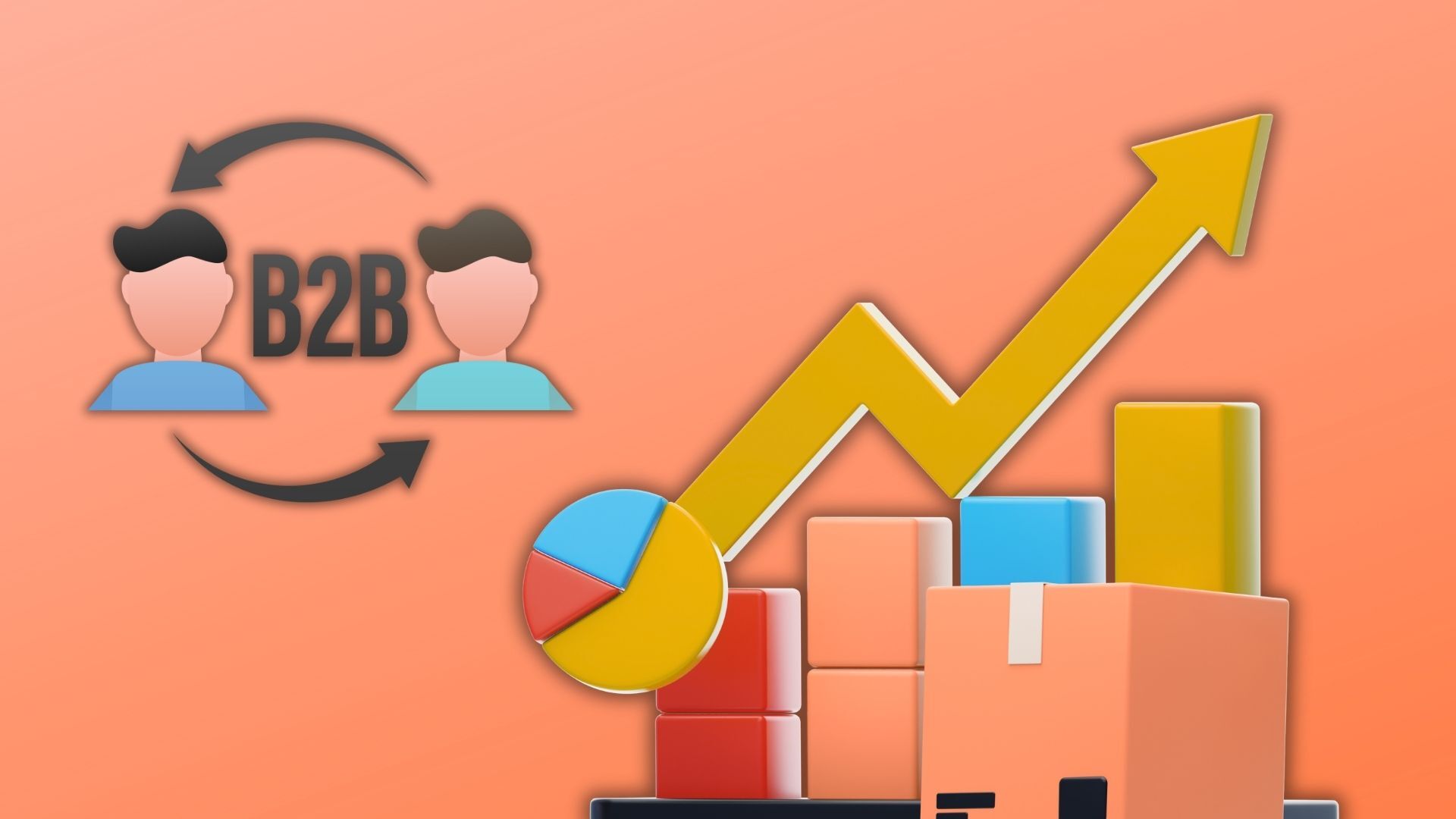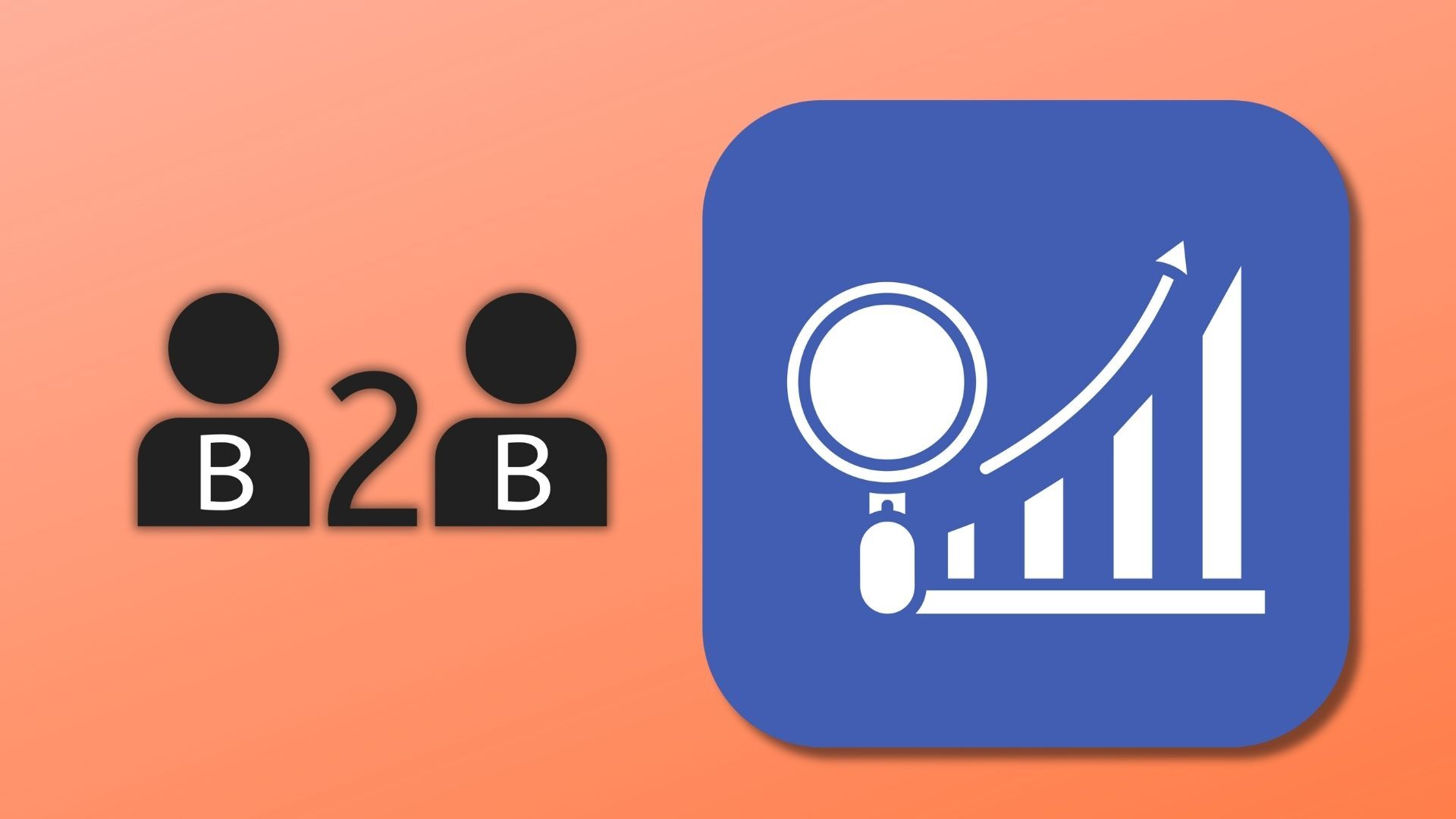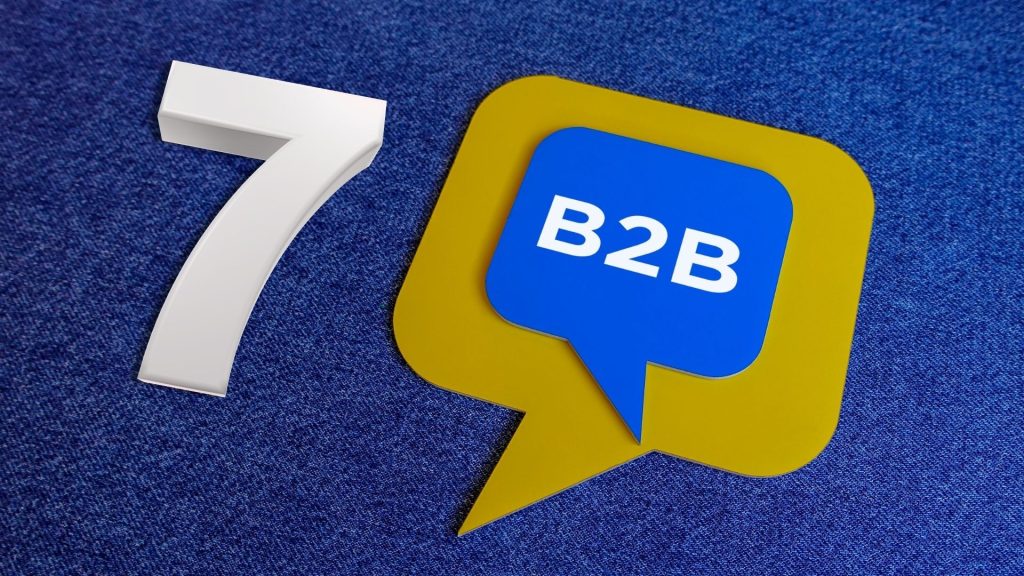What Is B2B Demand Generation and Why It Matters for Your Business

B2B demand generation is a holistic marketing approach that creates and captures interest in a company’s solutions across the entire buyer journey. Rather than focusing on one-off lead forms, it builds awareness, nurtures consideration, and supports sales with qualified, ready-to-convert opportunities.
In today’s competitive markets, where buying cycles are long and involve multiple stakeholders, a disciplined demand generation strategy is a cornerstone of sustainable growth and efficient go-to-market execution. This article explains what B2B demand generation is, how it works, and why it’s essential for businesses looking to build awareness, educate buyers, and drive consistent revenue growth.
What Is B2B Demand Generation?
It refers to the coordinated set of B2B marketing strategies designed to build and sustain interest in a product or service among both current and future buyers. It spans the entire funnel, from early-stage education to late-stage qualification, and emphasizes creating informed demand rather than simply capturing leads.
Unlike traditional lead generation, demand generation integrates awareness, education, and engagement, ensuring that when prospects enter the buying phase, your brand is already top-of-mind. This long-term strategy acknowledges that most buyers are not actively in the market at any given time, making education and trust-building essential for future conversions.
How B2B Demand Generation Works
B2B demand generation works like a connected system that helps potential customers move from first hearing about your business to seriously considering a purchase. It relies on multiple touchpoints and data insights to keep buyers engaged throughout their journey. Marketers share helpful, educational content, such as guides, webinars, reports, and product demos, to answer real questions and build trust early on. Many companies work with a B2B marketing agency to design and execute these programs effectively, leveraging expertise in content, targeting, and technology.
When someone shows interest, their information is collected through simple, well-designed landing pages or short forms that gather details gradually to reduce friction. From there, personalized emails, remarketing ads, and targeted B2B content keep prospects engaged based on their behavior and stage in the buying process. Data ties everything together, analyzing company details, technology use, and online intent signals helps marketers focus on the right audiences and decision-makers. Strong collaboration between marketing and sales, through shared goals, clear processes, and regular feedback, ensures that qualified prospects smoothly transition into real sales opportunities and revenue growth.
Why B2B Demand Generation Matters for Your Business
An effective B2B demand generation strategy builds consistent growth by keeping your brand strong, visible, credible, and relevant throughout the buyer journey. By educating your audience with meaningful content, such as case studies, success stories, and ROI examples, you strengthen trust and position your company as an authority in its field. This ongoing engagement ensures that when prospects are ready to buy, your brand is top of mind.
From an operational standpoint, demand generation brings structure and efficiency to marketing and sales efforts. Tools like lead scoring, intent tracking, and qualification models help teams focus on high-potential prospects, improving conversion rates and lowering acquisition costs.
Because potential customers engage with valuable content before talking to sales, conversations become more productive and sales cycles shorter. With revenue-based measurement and clear attribution, marketing performance is tied directly to real business outcomes, not just clicks or impressions.
Key Types of B2B Demand Generation
Inbound Demand Generation
Inbound demand generation attracts prospects who are actively researching solutions. SEO-driven blogs, thought leadership, webinars, and events ensure your brand appears when potential buyers seek insights or comparisons. The goal is to meet intent-driven demand with relevant, helpful content that encourages continued engagement.
Outbound Demand Generation
Outbound demand generation proactively creates interest among high-fit accounts that may not yet be searching. Through targeted advertising, email outreach, ABM campaigns, and direct mail, marketers introduce new problems, opportunities, and solutions to decision-makers, generating qualified awareness and accelerating consideration.

Steps to Implement a Successful B2B Demand Generation Strategy
1. Define Ideal Customers and Buyer Personas
Start with clear definitions of your ideal customer profile (ICP) using industry, company size, and technology stack. Add buyer personas to understand roles, motivations, and pain points. Align qualification criteria, like company fit, urgency, and budget, with your sales team to focus efforts effectively.
2. Conduct Customer and Market Research
Analyze customer interviews, lost deals, search behavior, and competitor content to uncover what information buyers seek and where your brand can fill gaps. This foundation guides your content and messaging strategy.
3. Map Content to Each Stage of the Buyer Journey
Create content that matches buyer intent:
- Awareness: Explain key challenges, trends, and early ROI signals.
- Consideration: Offer comparisons, product use cases, and detailed guides.
- Decision: Provide case studies, ROI calculators, and technical documentation.
Mix gated and ungated content, keeping early education accessible and reserving premium materials for lead capture.
4. Design Conversion Paths and Nurture Programs
Develop landing pages with clear calls-to-action, like subscribe, download, or request a demo. Use email nurturing and retargeting tailored to visitor activity, keeping engagement consistent as prospects progress through the funnel.
5. Track, Score, and Attribute Performance
Integrate tracking across your CRM and marketing platforms. Use lead scoring models that combine fit, engagement, and intent to guide prioritization. Regularly analyze pipeline data, including cost per qualified opportunity and win rate, to refine tactics and scale what drives revenue.
Conclusion
B2B demand generation is more than a marketing tactic. It’s a long-term growth framework that educates, engages, and qualifies future customers. By aligning marketing and sales, tracking performance by revenue outcomes, and continuously optimizing content and targeting, businesses can build a consistent, scalable pipeline
Evaluate your current inbound and outbound balance, strengthen buyer-aligned content, and measure what truly drives conversions, turning awareness into measurable, sustainable growth.


